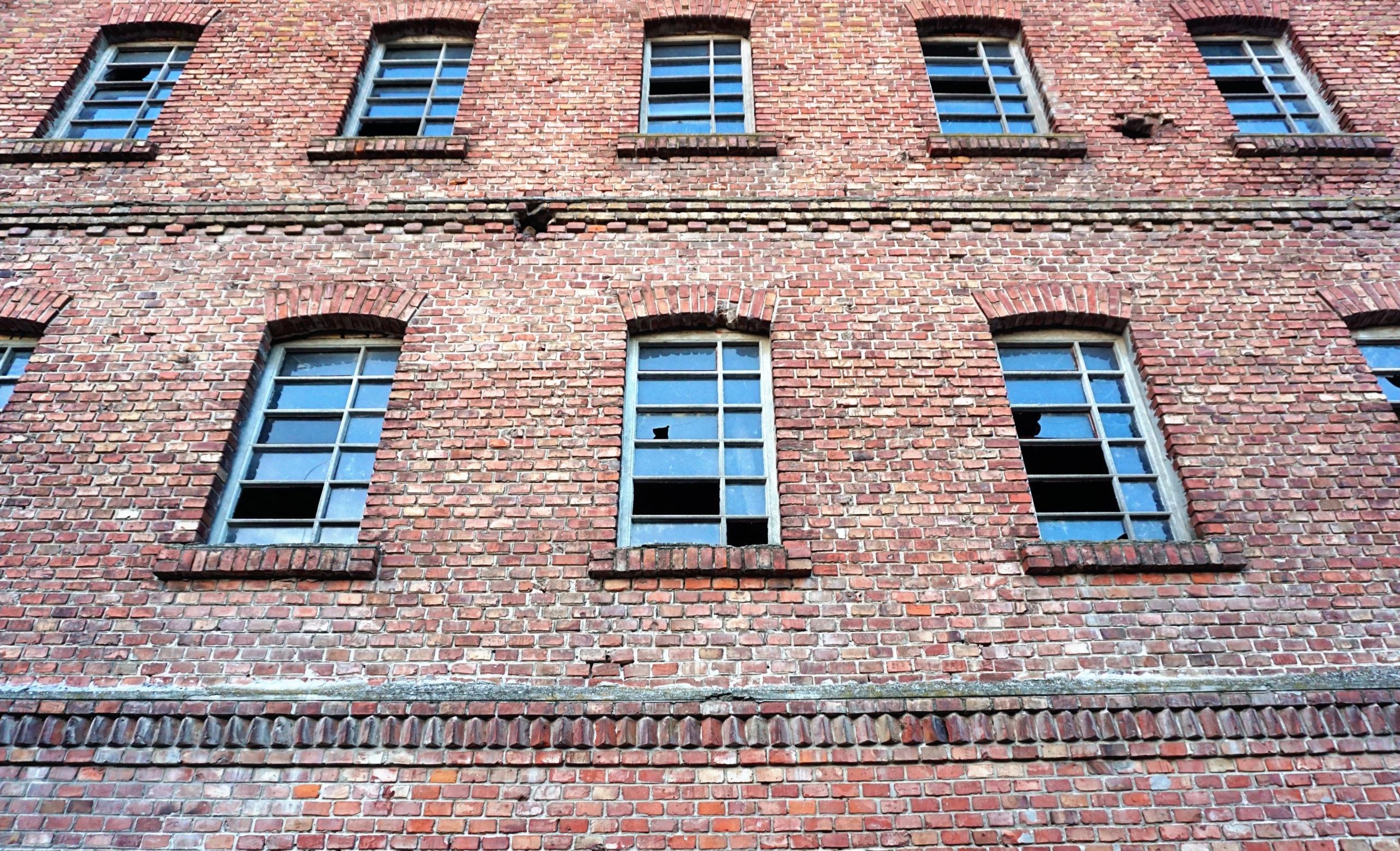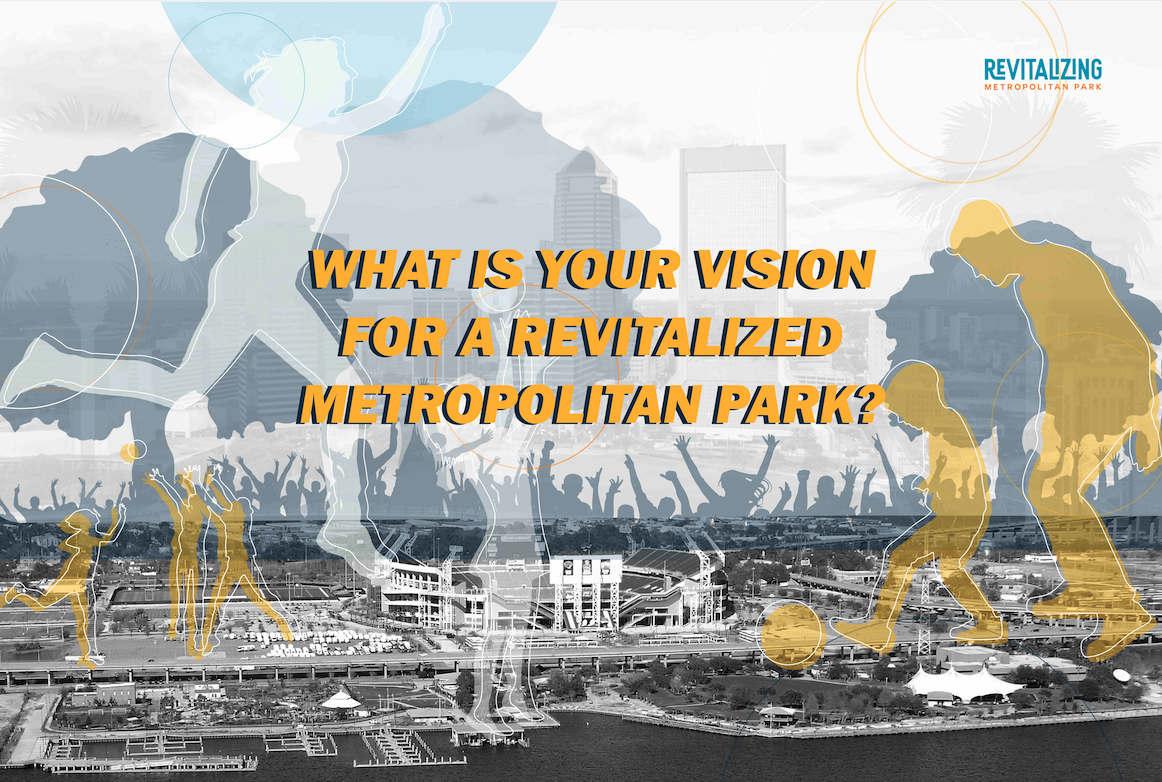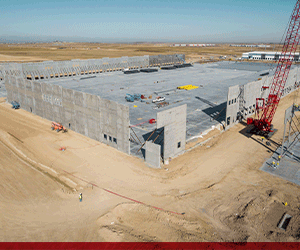
By Morgan P. Mahoney
Whether we see a V-shaped recovery or a swoosh, there are bound to be retailers and restaurants forced out of business in the next few months and perhaps beyond. Larger corporations, meanwhile, are increasingly embracing remote work. The consequence of all this is clear: commercial vacancy rates may be higher than anyone likes for some time. As unwelcome as that might be, if you’re a property owner, you will still want to make sure you maintain insurance on that building.
Why? For several reasons:
For starters, vandals hunting for copper will break into empty buildings. Winds can tear off a roof. And, according to the National Fire Protection Association, there are an estimated 25,000 structure fires in vacant buildings per year in the U.S., resulting in $750 million in direct property damage per year.
An empty building, in other words, does not make your liability go away. So, what’s a property owner to do? Well, first know this: If a building is 70 percent vacant for longer than 60 days, it is likely to lose some of its coverage. Standard business policies will cut their loss payments on vacant buildings by 15 percent for fire or wind claims. Depending on the policy and the insurance company, no coverage at all may exist for vandalism, sprinkler leakage, water damage or theft.
So, if you are the owner of a building, have lost a tenant and don’t expect to find a new one for a while, start by getting hold of your insurance broker and ask them for a “vacancy permit.” A permit will lower the minimum occupancy requirements in your policy while you’re between tenants or are looking to sell. Be sure to do this because insurance carriers can deny claims if
your building became vacant and you neglected to notify them.
If you’re facing an uncertain period of vacancy, then you will want to talk to your broker about a Vacant Property insurance policy. These policies typically offer “named peril” coverage for such things as fire, wind, hail and other perils that are specifically named in the policy.
Depending on the insurer, a Vacant Property policy can also include vandalism and malicious mischief coverage. Also, a Vacant Property policy can be written on 3- or 6-month terms, rather than the traditional 12-month periods.
The bottom line? A Vacant Property policy can protect your investment amid an economic slowdown and will mean one less thing to worry about.
This content is sponsored by CCIG, a Denver-area insurance brokerage with the full-service capabilities of a national brokerage. We do more than make sure you have the right policy. We also help you manage your long-term cost of risk with our risk and claims management expertise and a commitment to service excellence.
Morgan P. Mahoney is an assistant vice president and Insurance Advisor at CCIG. Reach him at Morgan.Mahoney@thinkccig.com or at 720-330-7926.









